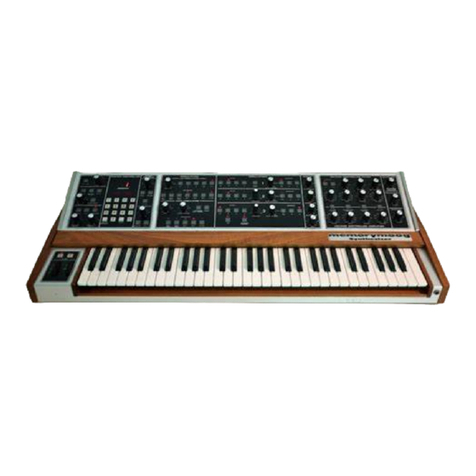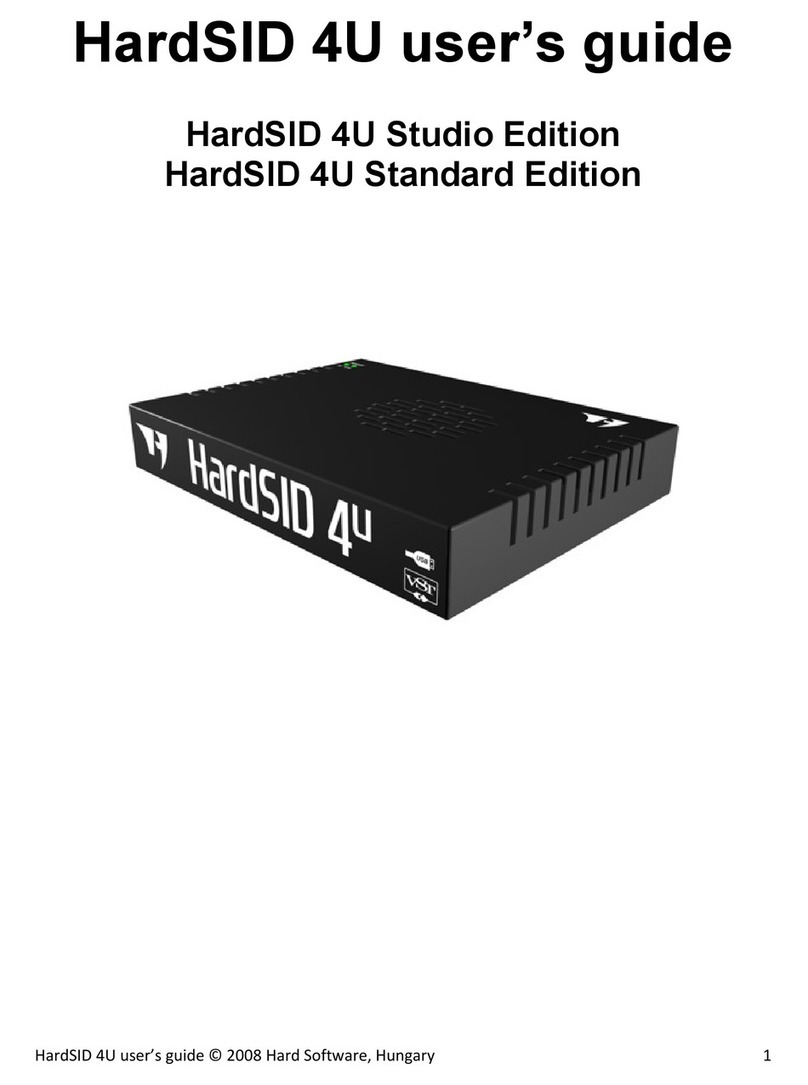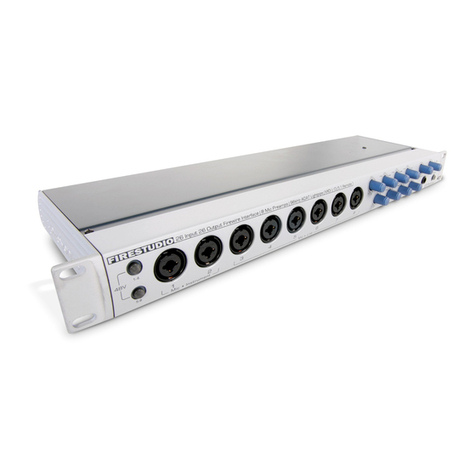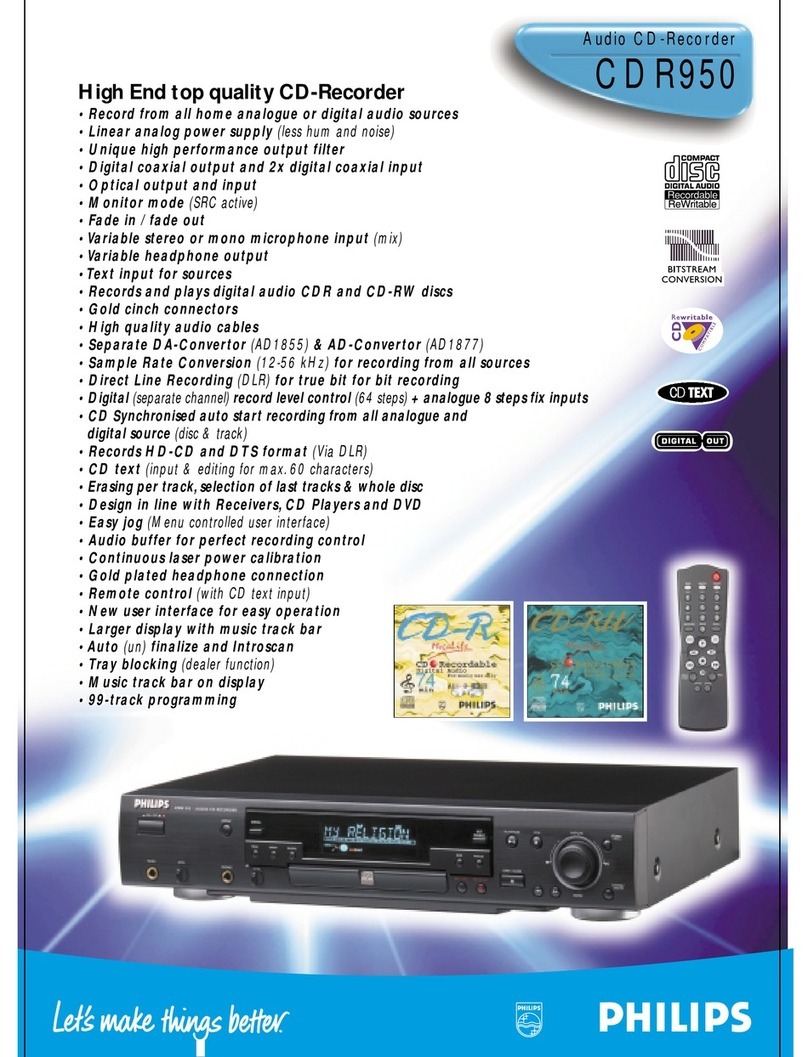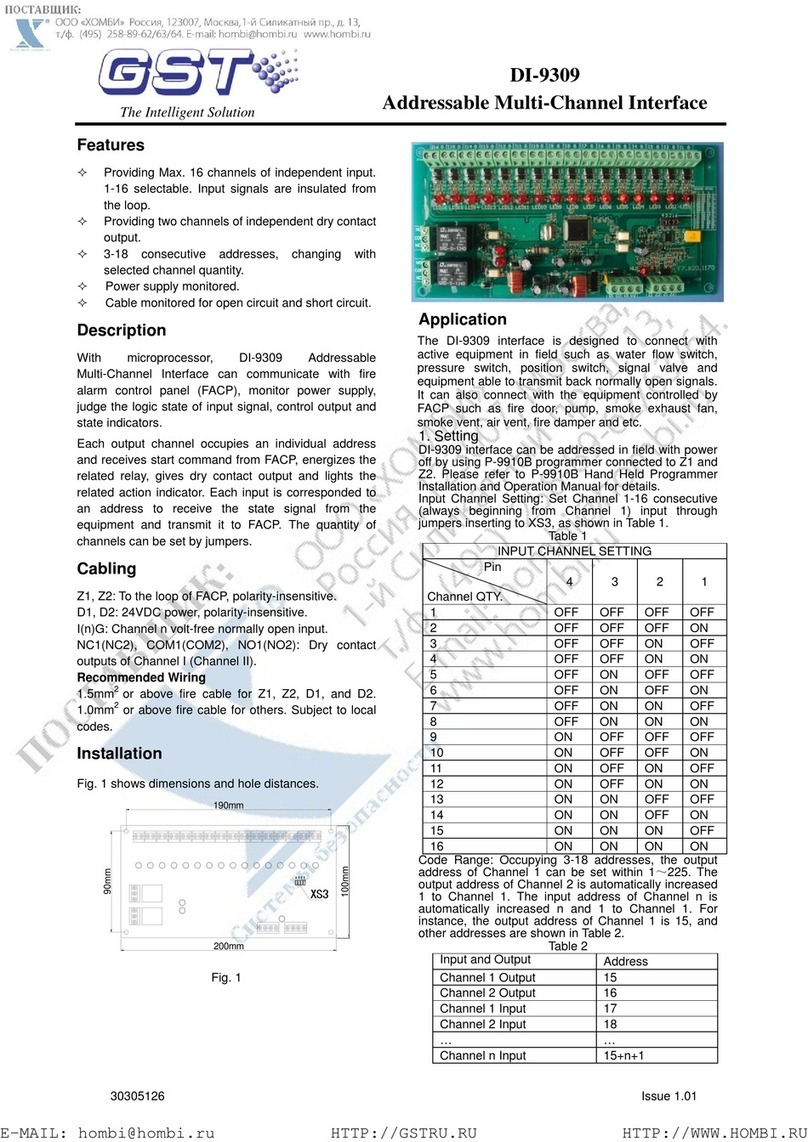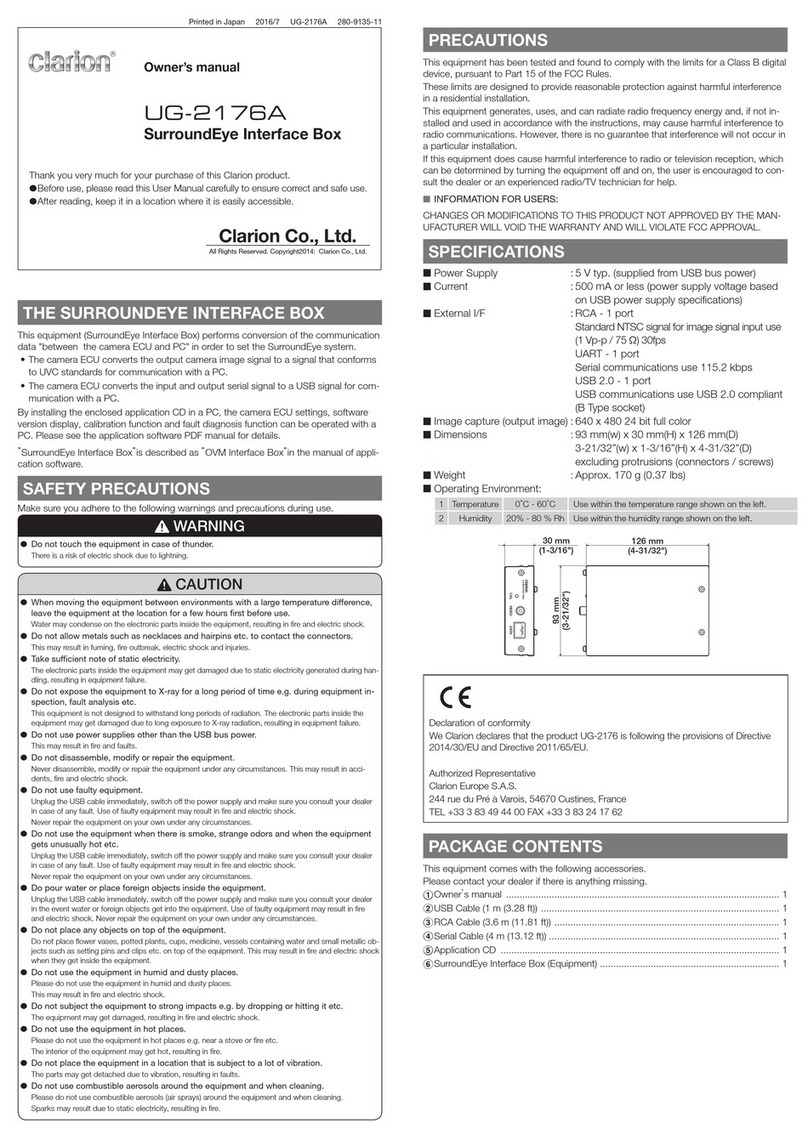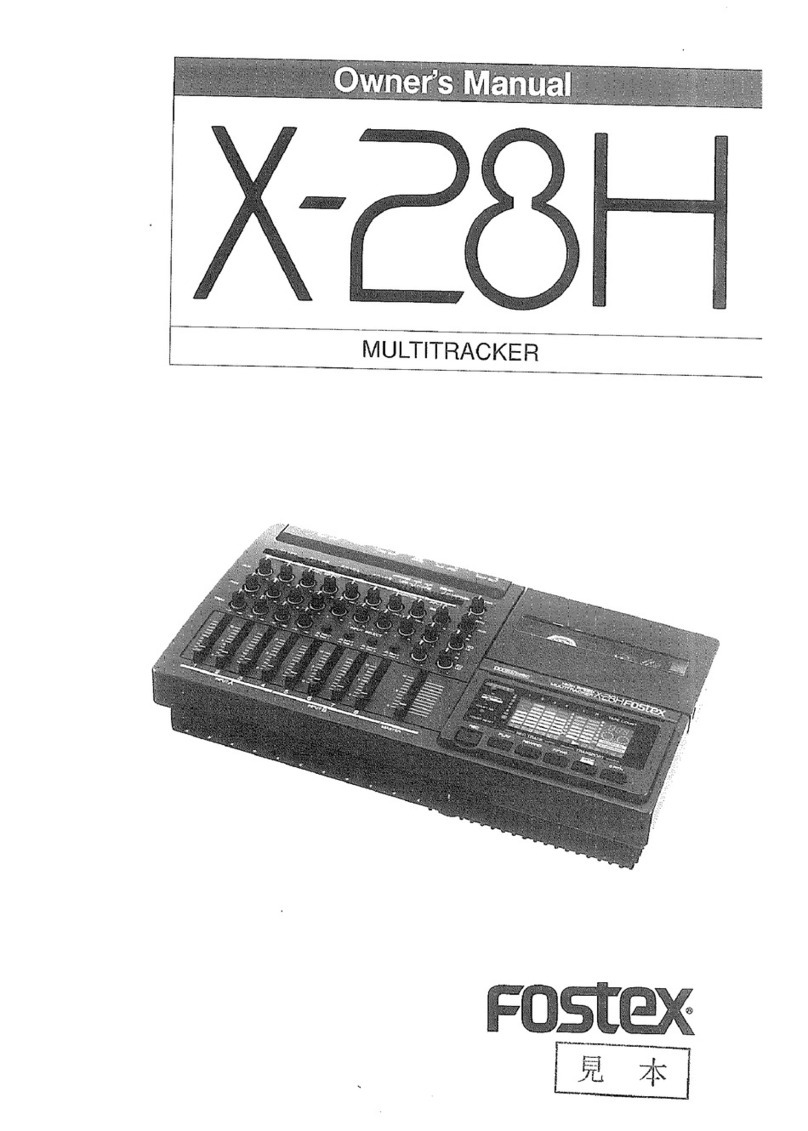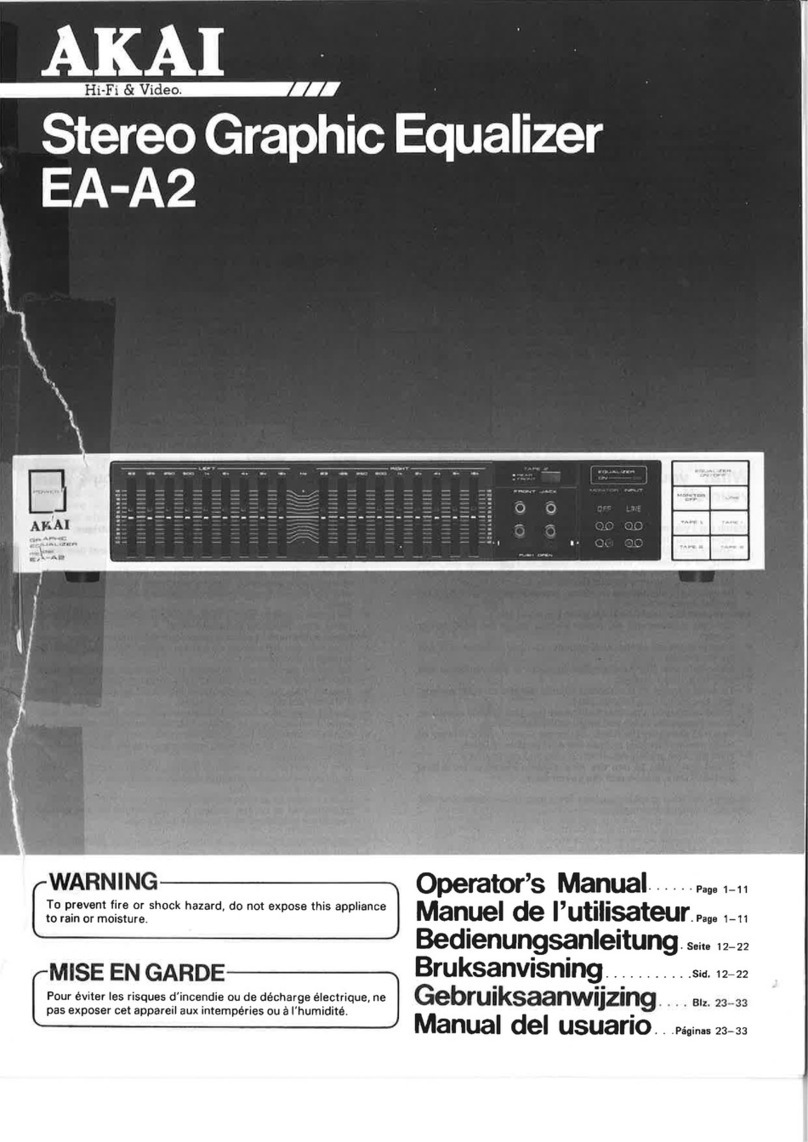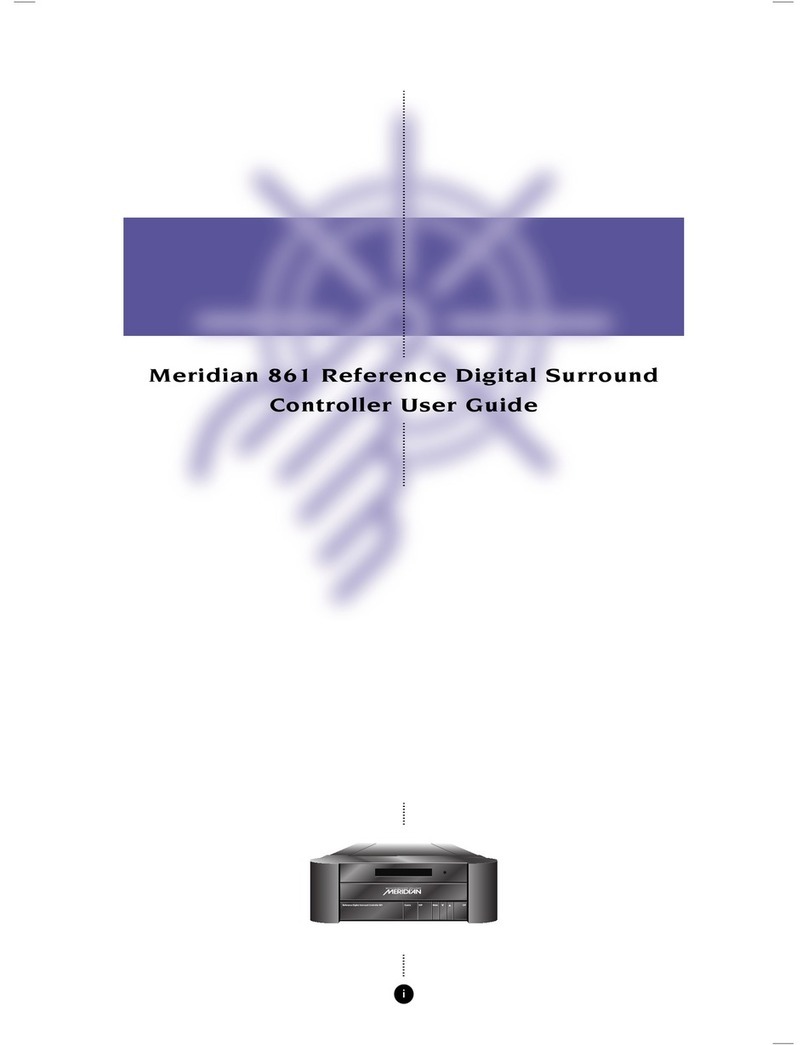Noise Engineering Loquelic Iteritas Percido User manual













Table of contents
Other Noise Engineering Recording Equipment manuals
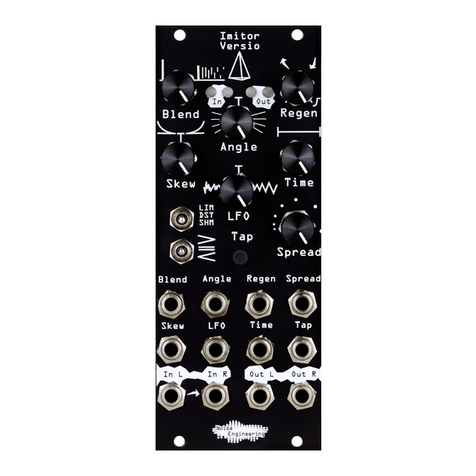
Noise Engineering
Noise Engineering Imitor Versio User manual
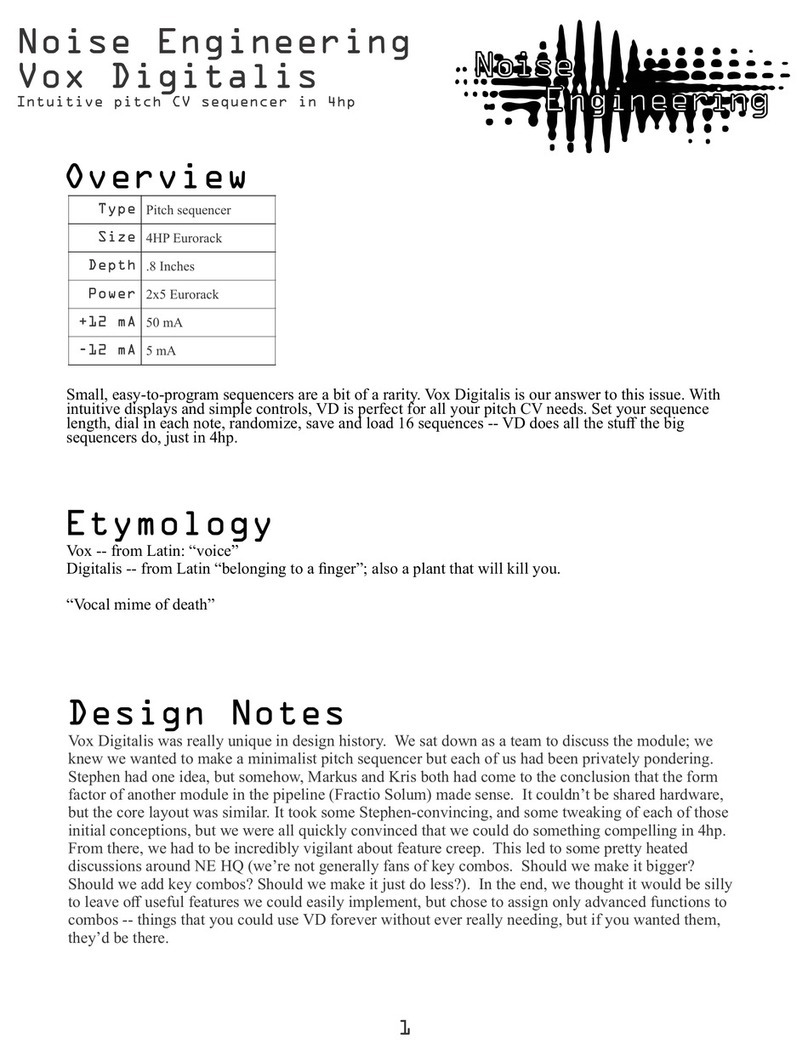
Noise Engineering
Noise Engineering Vox Digitalis User manual
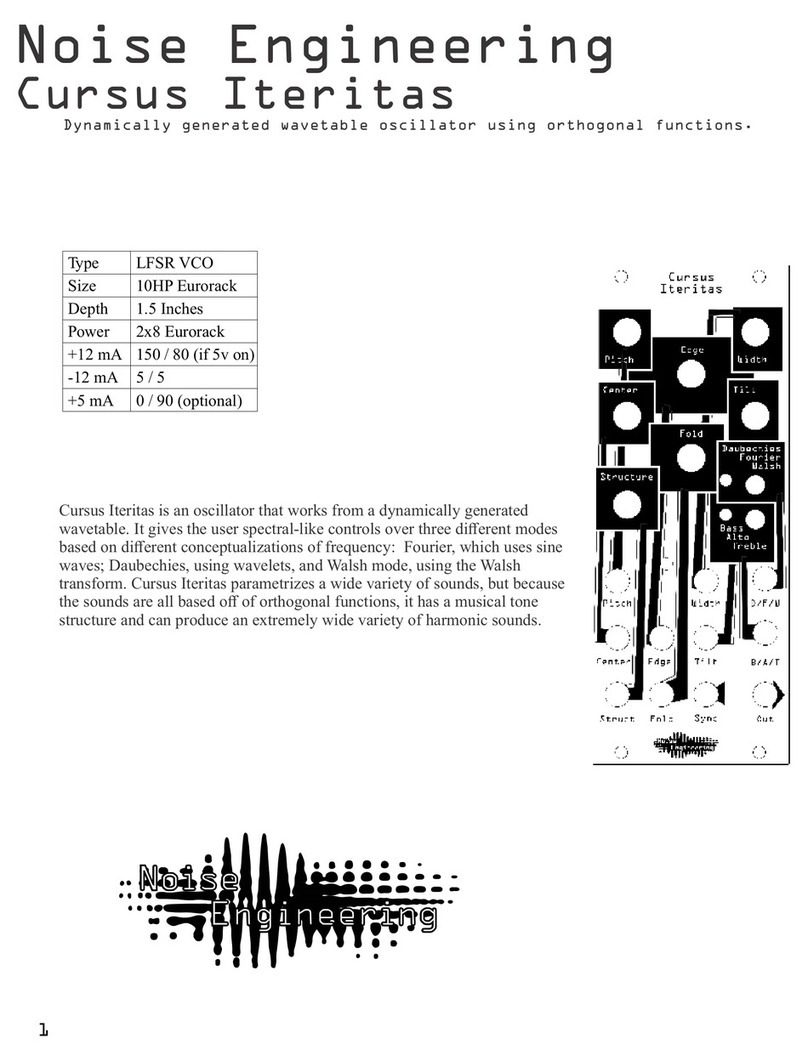
Noise Engineering
Noise Engineering Cursus Iteritas User manual
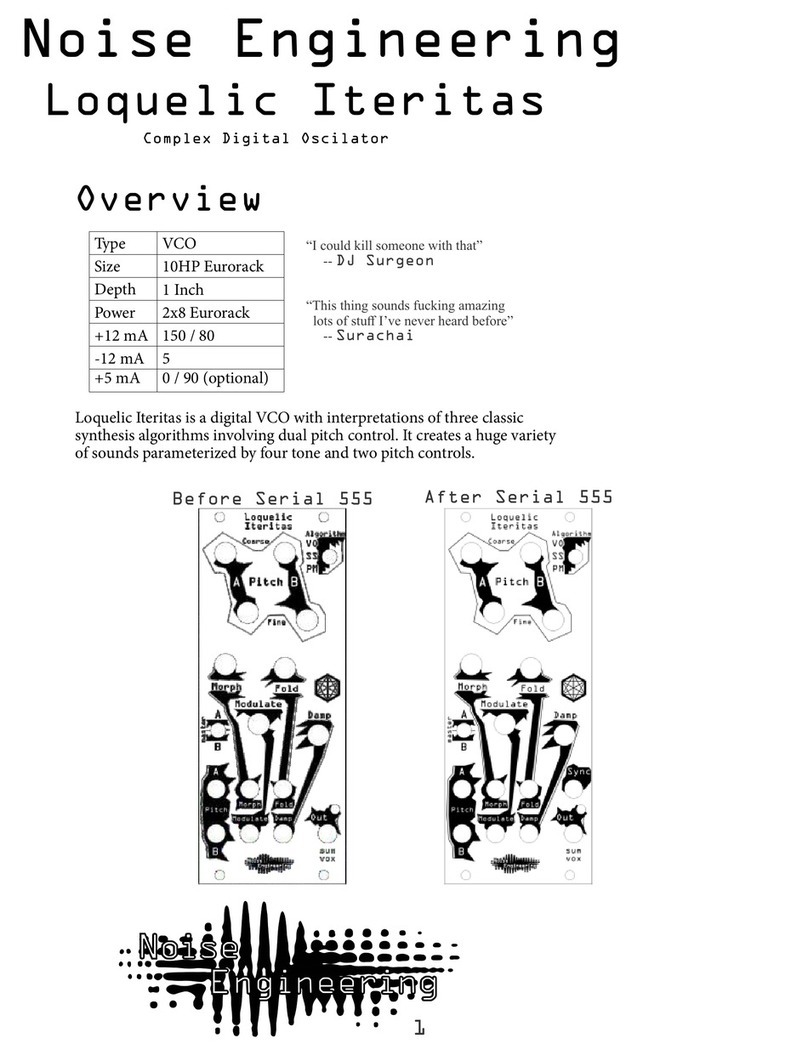
Noise Engineering
Noise Engineering Loquelic Iteritas User manual
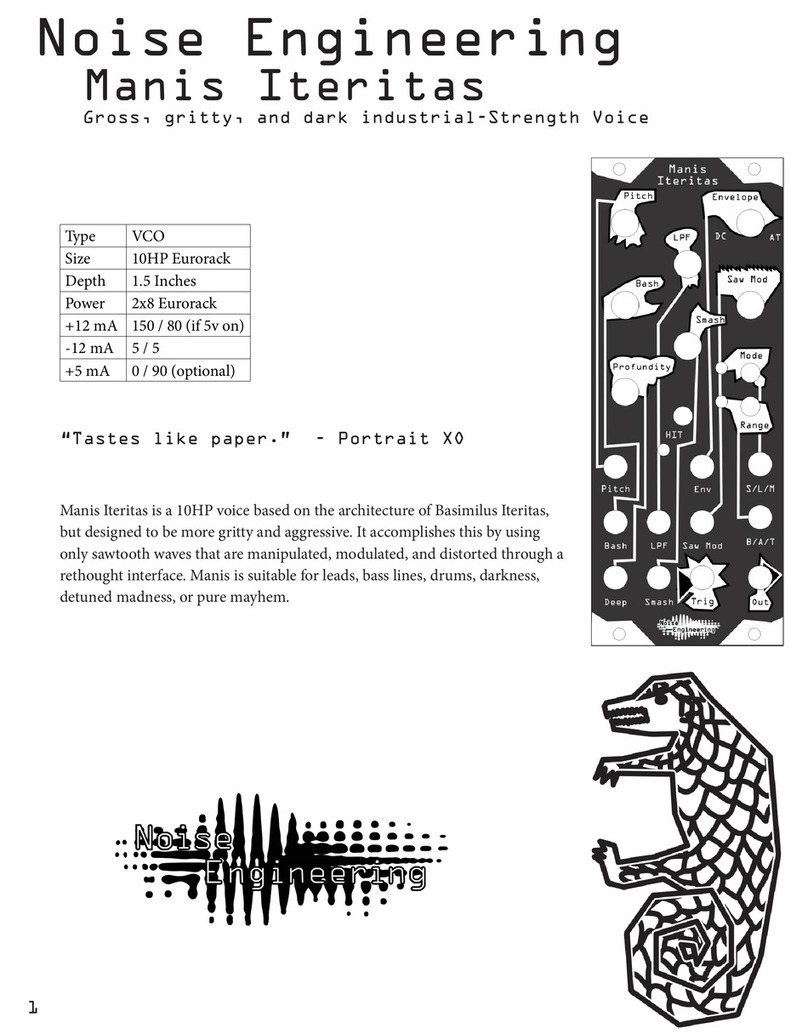
Noise Engineering
Noise Engineering Manis Iteritas User manual
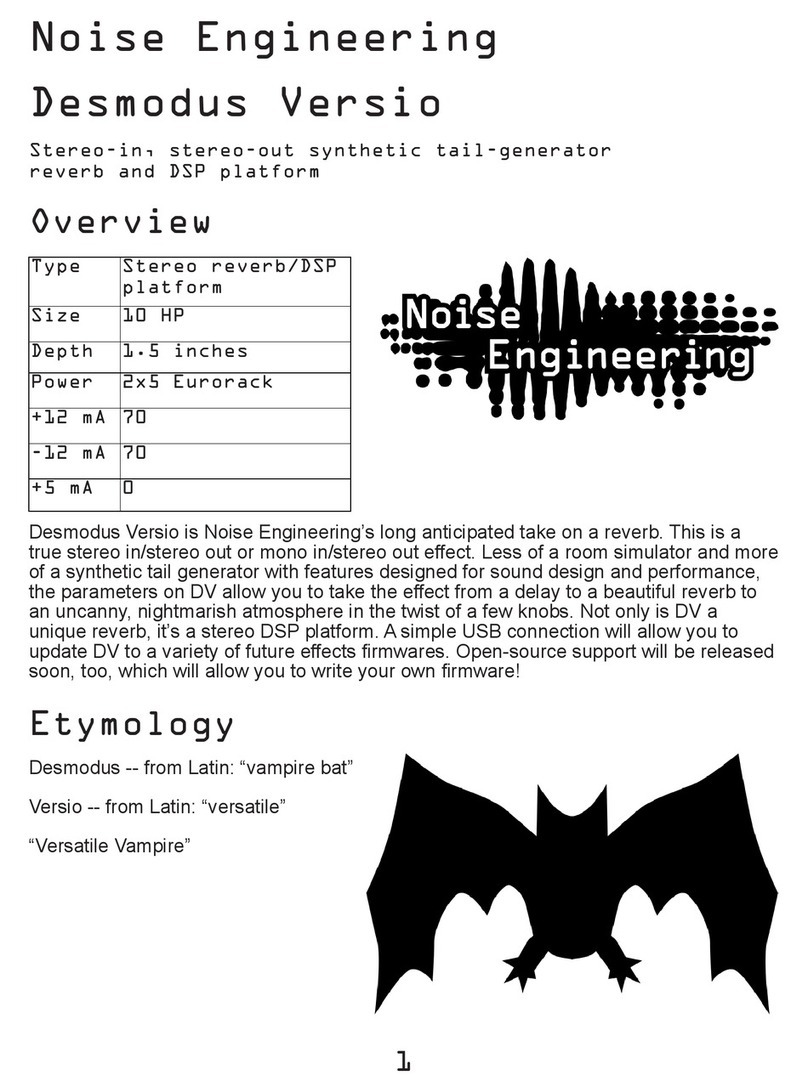
Noise Engineering
Noise Engineering Desmodus Versio User manual
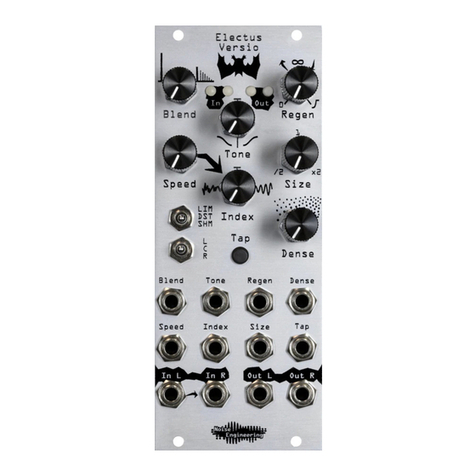
Noise Engineering
Noise Engineering Electus Versio User manual
Popular Recording Equipment manuals by other brands
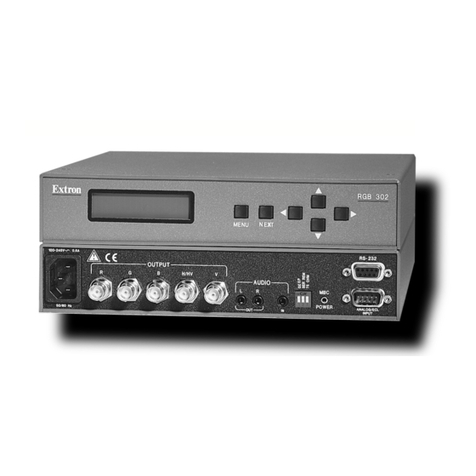
Extron electronics
Extron electronics RGB 304 user manual

GRASS VALLEY
GRASS VALLEY KARRERA K-FRAME Installation & service manua

AEM
AEM SM95-766 AA95-766 Installation and operation manual

VADDIO
VADDIO EasyTalk 2.0 999-7230-000 Installation and user guide
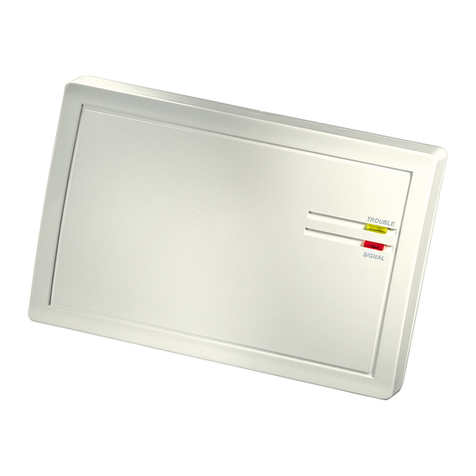
Visonic
Visonic MCR-308 installation instructions
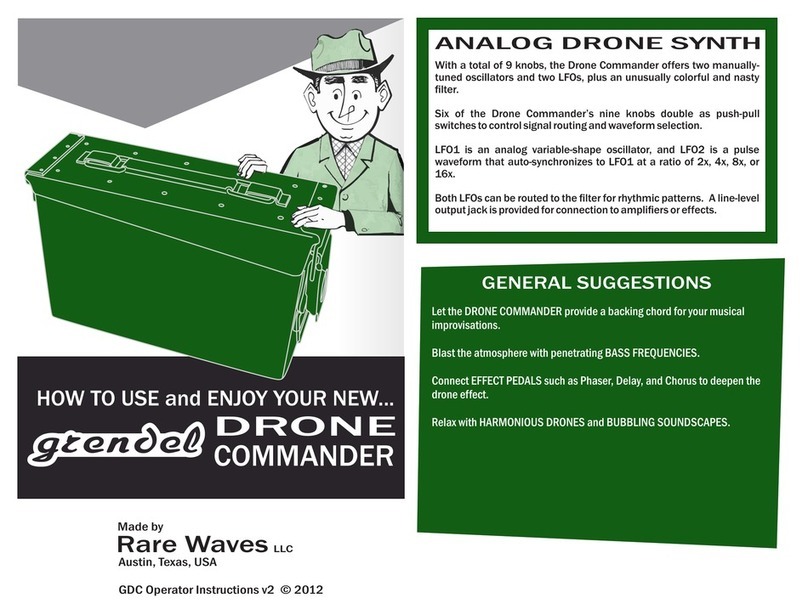
Rare Waves
Rare Waves Grendel Drone Commander How to use
